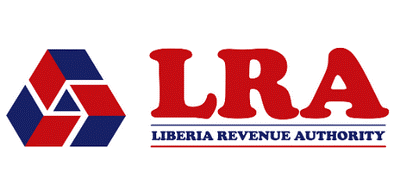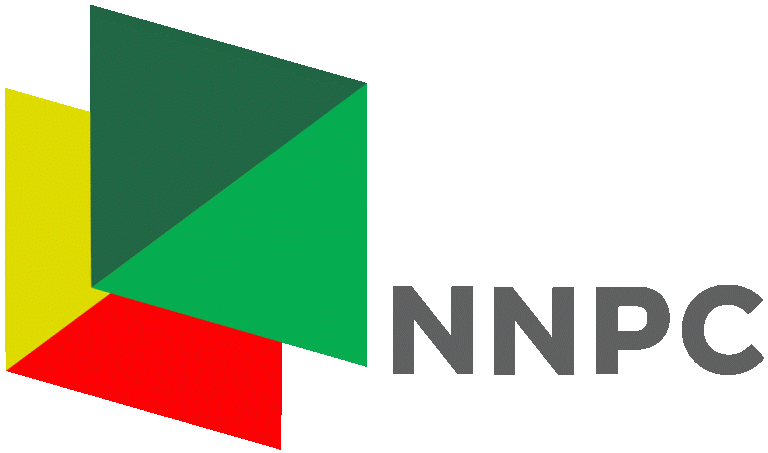Training On Quantitative Data Management and Analysis with SAS
INTRODUCTION
SAS (Statistical Analysis System) is one of the leading software tools for data management, statistical analysis, and reporting, widely used in industries like healthcare, finance, education, and research. This course is designed to provide participants with a thorough understanding of how to manage and analyze quantitative data using SAS. Whether you're a researcher, data analyst, or professional working with large datasets, this course will equip you with the essential skills to manage, process, and analyze data efficiently using SAS.
Participants will learn the fundamentals of data management, cleaning, transformation, and statistical analysis in SAS, along with best practices for analyzing quantitative data in both business and research settings. By the end of the course, participants will be confident in handling large datasets, running statistical analyses, and generating professional reports.
DURATION
5 Days
TARGET AUDIENCE
The course targets Statistician, analyst, or a budding data scientist and beginners who want to learn how to analyze data with SAS.
OBJECTIVES
By the end of this course, participants will be able to:
- Understand the Basics of SAS for Data Management: Learn the structure and capabilities of SAS, including its use for importing, organizing, and managing datasets.
- Perform Data Manipulation and Transformation: Utilize SAS procedures to clean, merge, filter, and transform data.
- Conduct Descriptive and Inferential Statistical Analysis: Perform basic and advanced statistical analyses, including regression, hypothesis testing, and correlation analysis.
- Apply Advanced Data Management Techniques: Work with large datasets, automate data workflows, and handle missing or inconsistent data.
- Generate Reports and Visualizations: Use SAS tools to create reports and visualizations that clearly communicate findings.
- Leverage SAS Macros for Automation: Learn how to use SAS macros to automate repetitive data analysis and reporting tasks.
- Apply Quantitative Data Analysis to Real-World Scenarios: Practice applying SAS techniques to datasets from various industries (e.g., healthcare, finance, marketing).
COURSE OUTLINE
Module 1: Introduction to SAS and Data Management
Overview of SAS Software
- Introduction to SAS components: SAS Editor, Output Window, Log Window.
- Navigating the SAS environment and basic programming structure.
Data Import and Exploration
- Importing data from different sources (Excel, CSV, databases).
- Exploring datasets using PROC CONTENTS and PROC PRINT.
- Understanding the structure of SAS datasets and variables (numeric vs. character).
Basic Data Management
- Creating, reading, and writing datasets in SAS.
- Sorting and filtering data using PROC SORT and IF statements.
Module 2: Data Cleaning and Transformation in SAS
Handling Missing Data and Inconsistencies
- Identifying missing or inconsistent values using PROC MEANS, PROC FREQ, and PROC UNIVARIATE.
- Techniques for imputing or deleting missing values.
Data Transformation Techniques
- Creating new variables using arithmetic operations and conditional logic (e.g., IF-THEN-ELSE statements).
- Recoding variables, labeling data, and formatting dates.
Merging and Combining Datasets
- Merging datasets using DATA MERGE and PROC SQL.
- Concatenating datasets and working with hierarchical data.
Module 3: Descriptive Statistics and Data Exploration
Summary Statistics
- Using PROC MEANS and PROC SUMMARY to calculate mean, median, standard deviation, and other descriptive statistics.
- Creating frequency tables with PROC FREQ.
Exploring Data Distributions
- Generating histograms and bar charts with PROC UNIVARIATE.
- Creating cross-tabulations using PROC TABULATE and PROC REPORT.
Exploratory Data Analysis (EDA)
- Identifying trends, outliers, and patterns in data.
- Visualizing data distributions and relationships using PROC SGPLOT and PROC GCHART.
Module 4: Inferential Statistics and Hypothesis Testing
Hypothesis Testing
- Performing t-tests (independent and paired) using PROC TTEST.
- Conducting analysis of variance (ANOVA) using PROC ANOVA and PROC GLM.
Correlation and Association
- Correlation analysis using PROC CORR.
- Chi-square tests for categorical data using PROC FREQ.
Regression Analysis
- Simple linear regression using PROC REG.
- Multiple regression and logistic regression using PROC LOGISTIC and PROC GLM.
Module 5: Advanced Data Management and Automation
Working with Large Datasets
- Best practices for managing large datasets efficiently.
- Using INDEX and BY statements to optimize data processing.
SAS Macros for Automation
- Introduction to SAS macros and writing basic macro programs.
- Automating repetitive tasks using macro variables and loops.
- Debugging and troubleshooting SAS macros.
Data Management Using SQL
- Writing SQL queries in SAS using PROC SQL.
- Filtering, joining, and aggregating data with SQL.
- Combining SQL and SAS procedures for efficient data management.
Module 6: Data Visualization and Reporting in SAS
Creating Data Visualizations
- Generating plots and graphs with PROC SGPLOT and PROC GPLOT.
- Creating complex visualizations such as scatterplots, box plots, and time series graphs.
Advanced Reporting with PROC REPORT and PROC TABULATE
- Creating custom reports using PROC REPORT.
- Generating summary tables and professional reports using PROC TABULATE.
Exporting Results and Reports
- Exporting data and results to Excel, CSV, and PDF formats.
- Creating automated reports using ODS (Output Delivery System).
CERTIFICATION
- Upon successful completion of this training, participants will be issued with Macskills Training and Development Institute Certificate
TRAINING VENUE
- Training will be held at Macskills Training Centre. We also tailor make the training upon request at different locations across the world.
AIRPORT PICK UP AND ACCOMMODATION
- Airport pick up and accommodation is arranged upon request
TERMS OF PAYMENT
- Payment should be made to Macskills Development Institute bank account before the start of the training and receipts sent to info@macskillsdevelopment.com
Training On Quantitative Data Management And Analysis With Sas in Kenya
| Dates | Fees | Location | Action |
|---|---|---|---|
| 13/10/2025 - 17/10/2025 | $2,900 | Kigali |
|
| 20/10/2025 - 24/10/2025 | $1,500 | Mombasa |
|
| 27/10/2025 - 31/10/2025 | $1,250 | Nairobi |
|
| 10/11/2025 - 14/11/2025 | $2,900 | Kigali |
|
| 17/11/2025 - 21/11/2025 | $4,000 | Johannesburg |
|
| 24/11/2025 - 28/11/2025 | $1,250 | Nairobi |
|
| 01/12/2025 - 05/12/2025 | $2,900 | Kigali |
|
| 08/12/2025 - 12/12/2025 | $1,250 | Nairobi |
|
| 05/01/2026 - 09/01/2026 | $4,950 | Dubai |
|
| 19/01/2026 - 23/01/2026 | $2,900 | Kigali |
|
| 26/01/2026 - 30/01/2026 | $1,250 | Nairobi |
|
| 02/02/2026 - 06/02/2026 | $4,000 | Johannesburg |
|
| 16/02/2026 - 20/02/2026 | $1,750 | Mombasa |
|
| 23/02/2026 - 27/02/2026 | $1,250 | Nairobi |
|
| 02/03/2026 - 06/03/2026 | $4,950 | Instanbul |
|
| 16/03/2026 - 20/03/2026 | $2,900 | Kigali |
|
| 23/03/2026 - 27/03/2026 | $1,250 | Nairobi |
|
| 06/04/2026 - 10/04/2026 | $4,000 | Pretoria |
|
| 13/04/2026 - 17/04/2026 | $1,750 | Mombasa |
|
| 20/04/2026 - 24/04/2026 | $1,250 | Nairobi |
|
| 04/05/2026 - 08/05/2026 | $4,950 | Dubai |
|
| 18/05/2026 - 22/05/2026 | $2,900 | Kigali |
|
| 25/05/2026 - 29/05/2026 | $1,250 | Nairobi |
|
| 01/06/2026 - 05/06/2026 | $4,000 | Johannesburg |
|
| 15/06/2026 - 19/06/2026 | $1,750 | Mombasa |
|
| 22/06/2026 - 26/06/2026 | $1,250 | Nairobi |
|





















